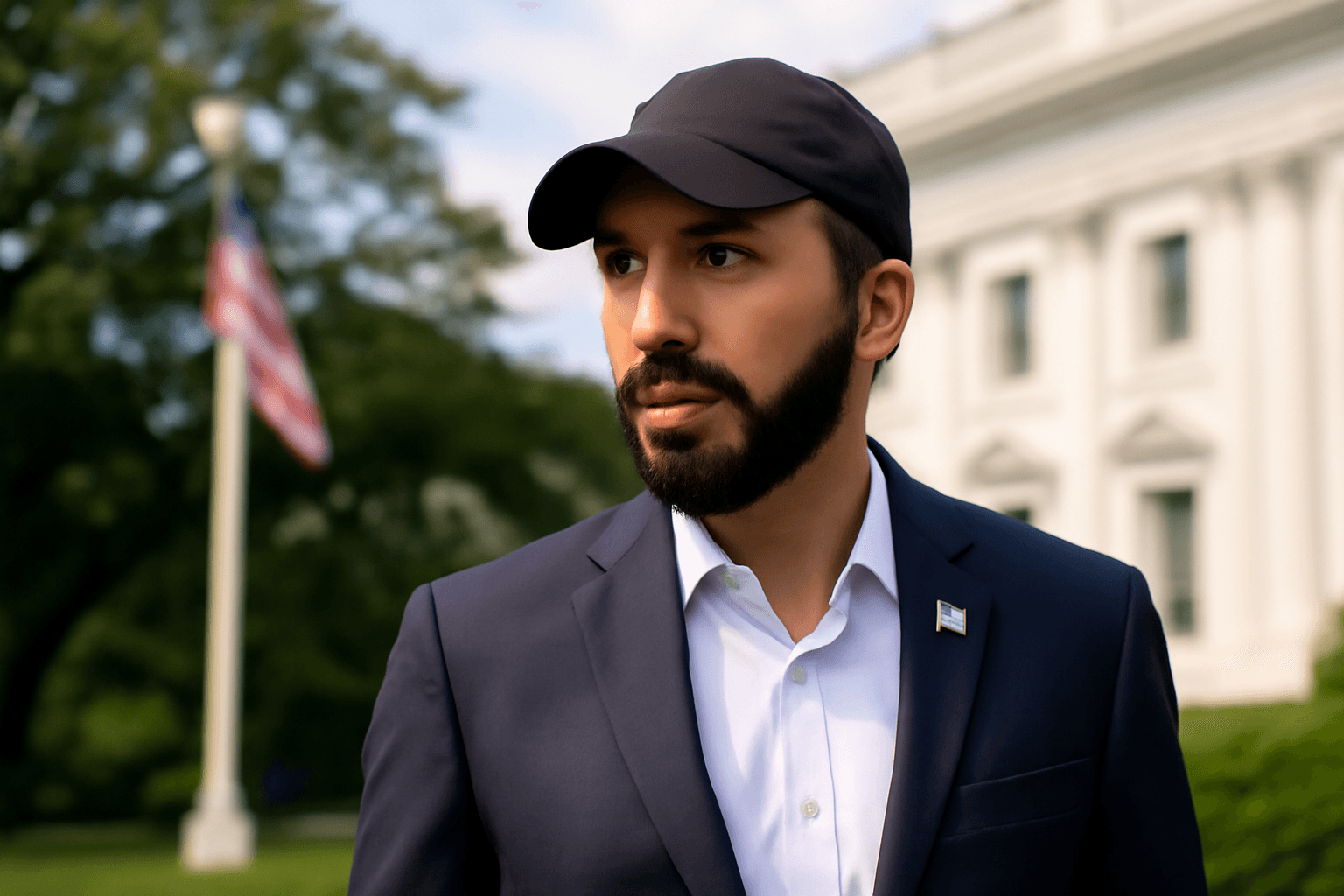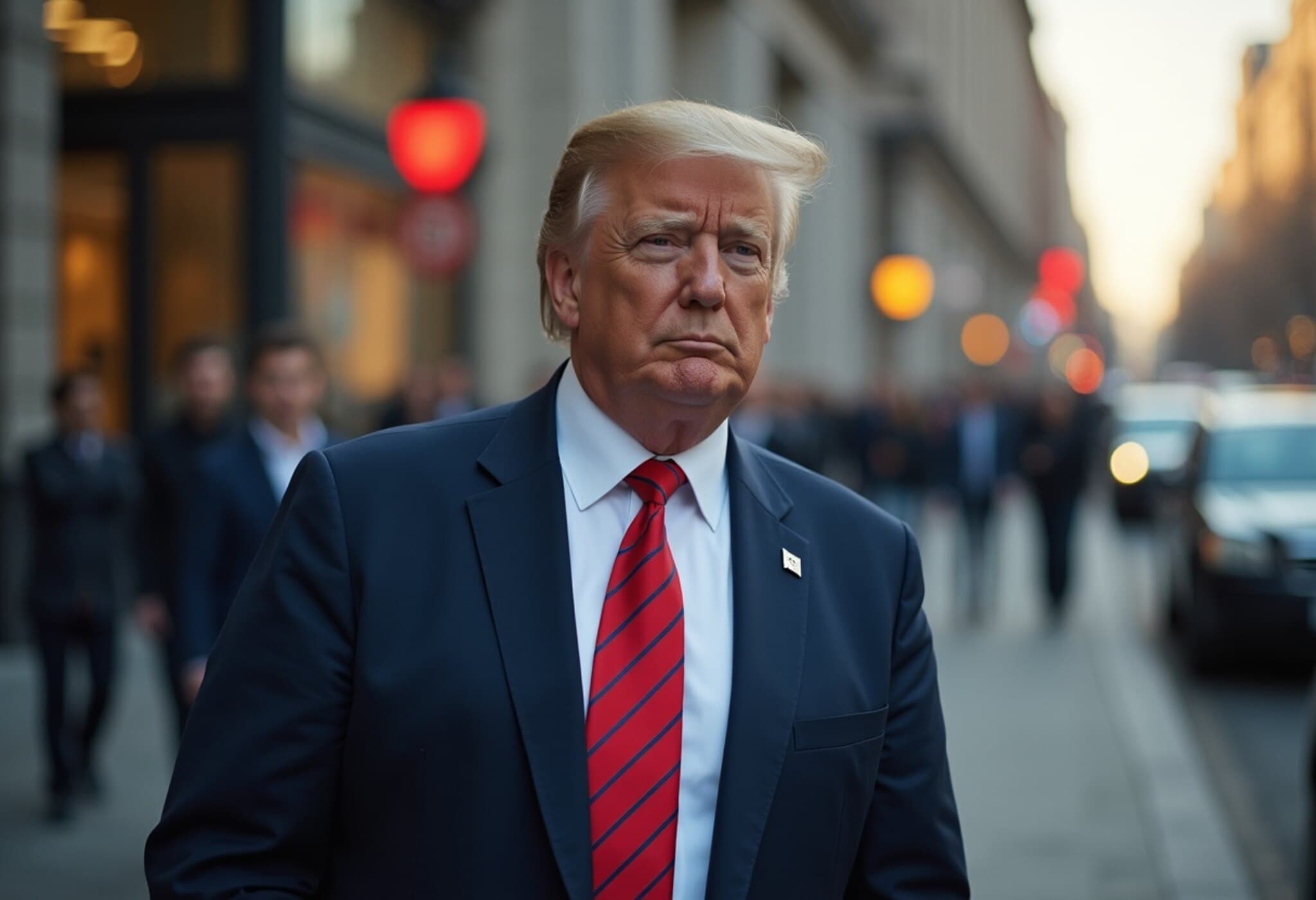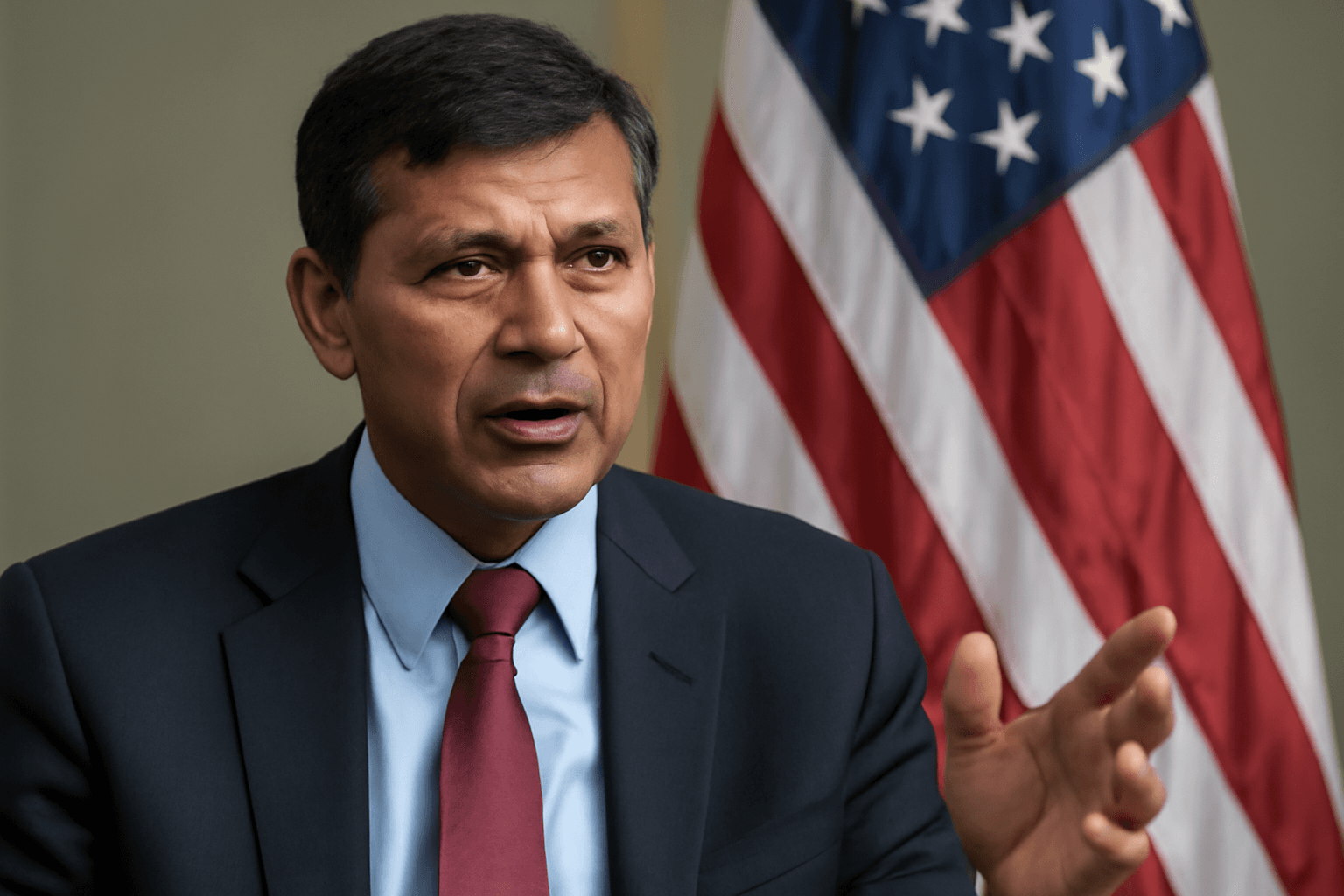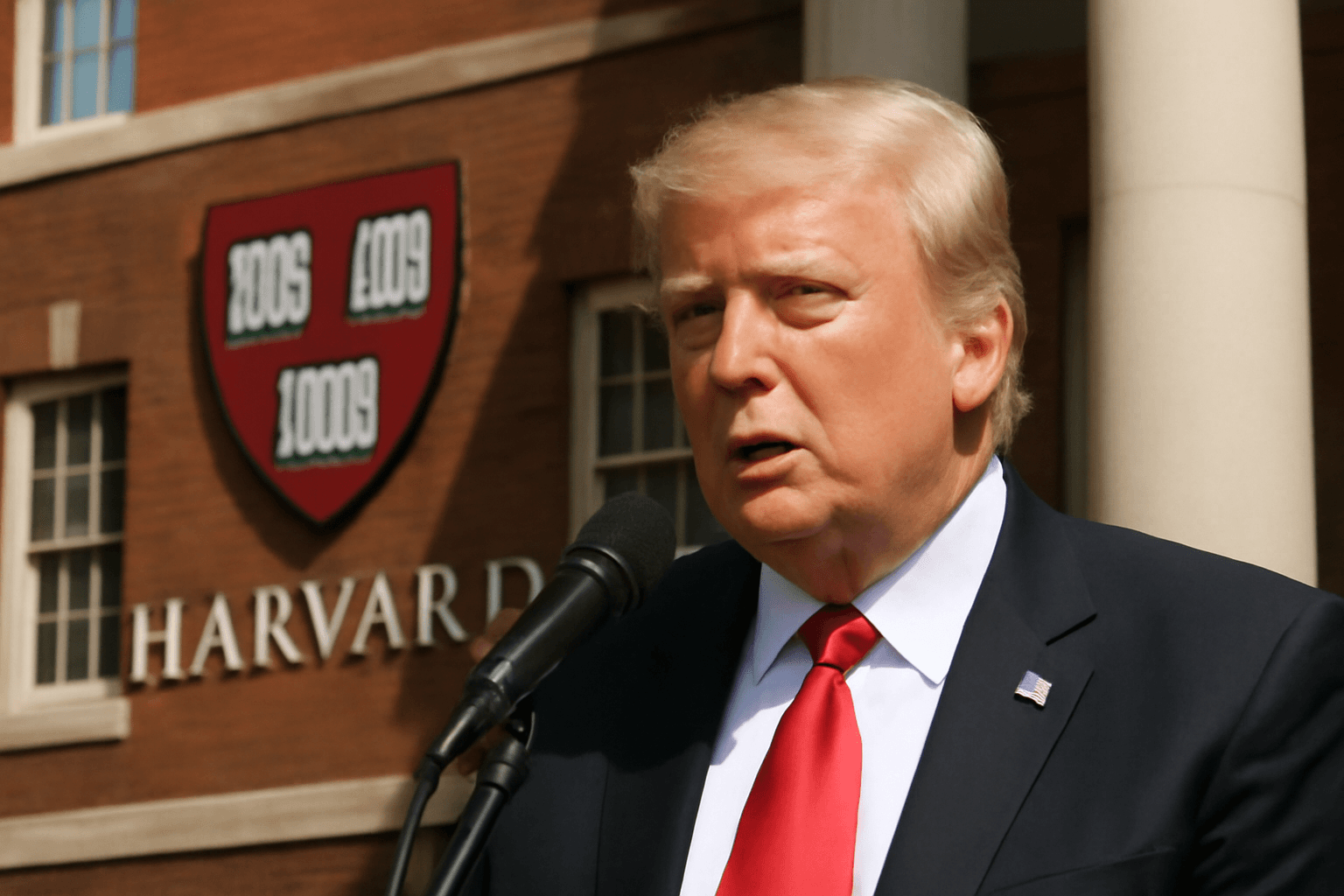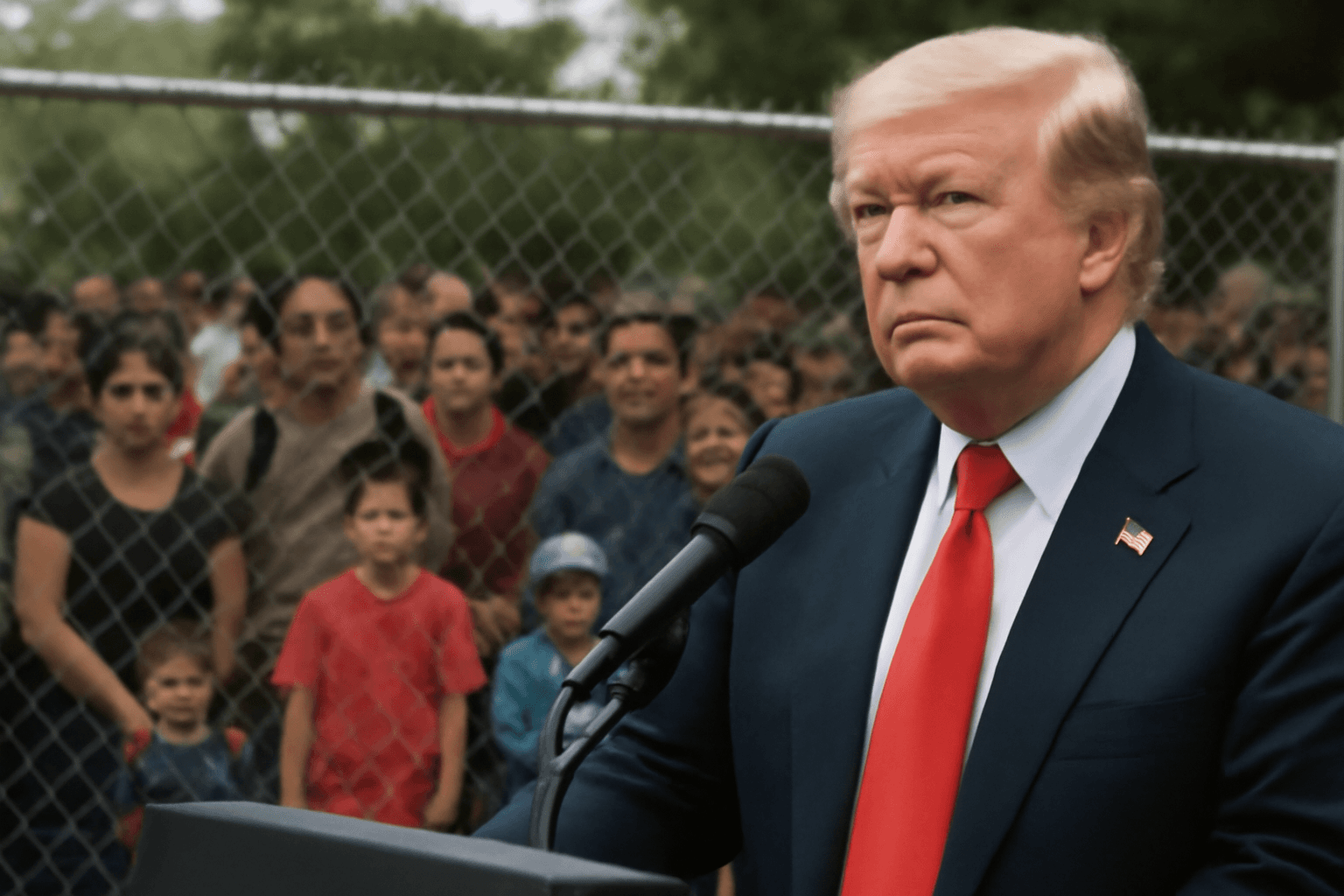New U.S. Pilot Program to Require Bonds for Travelers from High-Overstay Countries
Starting August 20, 2025, the U.S. government will roll out a groundbreaking 12-month pilot program that could require some international visitors seeking temporary entry to post bonds as high as $15,000. This initiative targets travelers from countries with historically elevated visa overstay rates and aims to promote greater compliance with U.S. immigration rules.
Understanding the Pilot Program
Announced officially in the Federal Register, the pilot program spans from August 20, 2025, to August 5, 2026. It applies primarily to leisure and business travelers who require visas to enter the United States and are arriving from nations flagged based on three key criteria:
- Historically high rates of visa overstays
- Insufficient or unreliable visitor screening and vetting information
- Governments offering Citizenship by Investment programs without residency prerequisites
Which Countries Are Affected?
The State Department will release the list of impacted countries approximately two weeks before bonds become mandatory. As of now, data from the Department of Homeland Security’s 2023 overstay report highlights countries with the highest overstay rates. For instance, Chad tops the list at 50%, followed by Laos at 35% and Haiti at 31%. However, in absolute numbers, the highest volumes of overstays come from Mexico (~49,000), Colombia (~41,000), Brazil (~21,000), Haiti (~27,000), Venezuela (~22,000), and the Dominican Republic (~20,000).
Who Will Need to Post Bonds and How Much?
While the program will affect a relatively small segment, about 2,000 travelers are expected to be required to post visa bonds during the pilot. Consular officers will decide bond amounts—categorized into three tiers: $5,000, $10,000, and $15,000—after evaluating individual travel circumstances, including employment status, income, skills, education, and the stated purpose of their trip.
Travelers mandated to post these bonds must enter and exit the U.S. via designated ports of entry, which will be announced subsequently. The bond functions as a financial guarantee encouraging adherence to visa conditions, including timely departure.
Why a Pilot Instead of Full Implementation?
The pilot's dual purpose is to assess the practical challenges involved in managing visa bonds—which have historically been considered administratively complex—and to evaluate whether such financial guarantees effectively reduce overstays. Beyond enforcement, the program serves as leverage to encourage foreign governments to strengthen their own oversight and reduce visa violations among their citizens.
This policy marks a shift toward more rigorous immigration control strategies introduced during recent administrations, including previous proposals of smaller bond amounts around $250. However, details on the July proposals remain sparse compared to this more clearly defined pilot program.
Context on U.S. Visa Overstays
Visa overstays have long been a nuanced challenge for U.S. immigration policy. On average, only 1% to 2% of nonimmigrant visitors overstay their visas annually. Nonetheless, these overstays contribute significantly to the unauthorized population. According to recent estimates, about 42% of the estimated 11 million people living in the U.S. without authorization initially arrived on valid visas but failed to depart as required.
In 2019, the Department of Homeland Security estimated that over 320,000 people overstayed their visas during that year alone, though this figure includes many who eventually left the country.
Expert Commentary and Broader Implications
From a policy perspective, requiring bonds introduces a financial stake for travelers, potentially deterring visa violations. However, there are important considerations regarding equity and diplomacy. For travelers from lower-income countries, the bond amounts may present a substantial obstacle, arguably creating unequal barriers to lawful travel. Moreover, this approach may strain diplomatic relations with countries whose citizens are heavily impacted by this policy.
Experts also caution that while bonds can be a strong incentive, they are no substitute for robust visa vetting and post-entry monitoring systems. The success of this pilot will be closely watched by immigration officials, advocacy groups, and international partners alike.
Looking Ahead
The U.S. State Department’s forthcoming announcements on affected countries, designated ports of entry, and operational details will provide critical clarity for travelers and consular staff alike. This pilot program represents a significant evolution in America’s ongoing efforts to balance open travel with effective immigration enforcement.
Editor’s Note
This pilot program raises vital questions about the future of border security measures and the fine line between safeguarding national interests and maintaining global accessibility. As this bond policy rolls out, observers should watch not just for its enforcement success but also for unintended consequences affecting international relations, traveler equity, and immigration system integrity.
Will financial bonds become a standard tool in immigration control, or will they prove too burdensome for certain populations? Only time and comprehensive evaluation of the pilot's outcomes will tell.




